- Stand in a sheltered area, such as on the porch, so that the falling flakes are several feet away, otherwise you will likely capture big blobs of white. I'm sure that many professional photographers use umbrellas and other equipment to accomplish this, but I prefer to keep things simple. I stood on the porch to shoot these images.
- Adjust your shutter speed to capture the look you want to get. You can see in the first image that I used shutter priority and shot the snowfall at 1/500 sec. It stopped the motion of the snowflakes. In the second photo, I shot with Aperture Priority set at f/8. This captured the motion of the snow in tiny streaks. You may prefer one to the other, or want to try something a little different.
|
If you dream of capturing those romantic snow scenes with big fluffy flakes floating in the air, you've probably wondered how photographer's shoot them. There appears to be two secrets to capturing snow in midair.
0 Comments
If you grew up in the era when children’s books consisted solely of fiction, you may wonder what all the fuss is about with providing children with quality nonfiction books. Introducing your child to nonfiction books provides him with a host of benefits.
If you are like most parents, you already know how important reading is to your child’s success in both school and in life. What you may not know is how to engage your reluctant reader. The trick to this challenging task is to find a topic your child is interested in.
For many young children, nature books provide a vehicle for engaging them in reading. That’s why I have started a series of nature books designed to appeal to young readers. The In My Backyard series focuses on common flora and fauna found in the typical American backyard. How Do You Use Nature Books to Promote Reading?
Children are naturally curious about the world around them. In the past, that meant long hours spent in the great outdoors exploring the natural world. But times have changed. Busier lifestyles, lack of play areas and parental fears of violence and other dangers that lurk around the corner have all contributed to less time spent outdoors. Children are paying the price.
Building your child’s interest in the natural world around him and getting him outside to enjoy nature brings a host of benefits. Positive Benefits of Nature
Take Action As a parent, you have the power to take action and get your child involved in nature. Try these techniques for adding nature time to your child’s schedule.
Nature Deficit Disorder was coined by Richard Louv, co-founder of the Children and Nature Network and author of Last Child in the Woods: Saving Our Children from Nature-Deficit Disorder. This book explores the role of nature in stimulating children’s creativity and imagination, and its impact on physical health and resistance to stress and depression. According to the author, separation from nature (Nature Deficit Disorder) reduces a child’s use of his senses, hinders imagination, causes attentional difficulties and contributes to both physical and mental health issues. While Nature Deficit Disorder is not an official physical or mental disorder, it is real and affects children all across America. The disconnect between children and the natural world around them is a growing concern for both parents and educators. The solution, of course, is to find ways to connect your child with nature. Reading quality nature books that pertain to your area with your child and encouraging him to explore the natural world around him is one way to involve your child in nature. The In My Backyard Series gives you a jumping off point by introducing your child to common natural elements and critters found in the typical American backyard. The full-color, detailed images help your child with identification, while the easy-read-text provides basic information and interesting facts. If you are working to combat Nature Deficit Disorder in your child, start close to home to build his interest and gradually expand to nearby parks and nature trails where he can experience nature up-close and personal. When I first took up photography I had no idea where it would lead me. I eagerly began snapping shots of nature to share with family and friends. But it didn’t stop there. As my skills developed and my interested increased, I discovered that I was drawn to close-up and macro photography. I soon learned that I could share a part of nature with others that they rarely saw. From a tiny world reflected in a dewdrop to the hairy legs of an ordinary housefly, each image propelled me forward. I began to notice that some of my photos were ideal for children's books. As a mom and former teacher, I have always felt that children and nature go hand in hand. The growing body of evidence that children are losing touch with the natural world around them concerned me. This lead to the birth of my In My Backyard series that brings nature to life for little ones.
According to the White Hutchinson Leisure and Learning Group, children’s experiences with nature is increasingly relegated to media sources, such a television nature series, Internet sites and other interactive sources. These sources present nature as something “out there” that seems far away from the child’s world. Although they may inspire wonder, they cannot help children connect with the natural world around them in a concrete way. The In My Backyard series introduces young children to nature in a meaningful way. It features common flora and fauna found in typical American backyards, not is some exotic, remote island they will never see. The books can be read and enjoyed from the comfort of the home, but they can also be used as a guidebook for exploring backyards and neighborhoods. As a parent or teacher, you can help the children in your life make meaningful connections with nature that will help them develop environmental consciousness, spur the imagination and teach them to respect the environment. It is my hope that the In My Backyard series will help children connect with nature and will make your job as a parent or teacher a little bit easier. |
Archives
November 2021
|

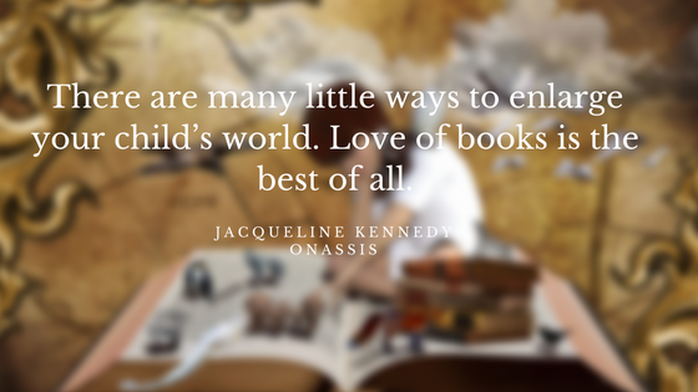
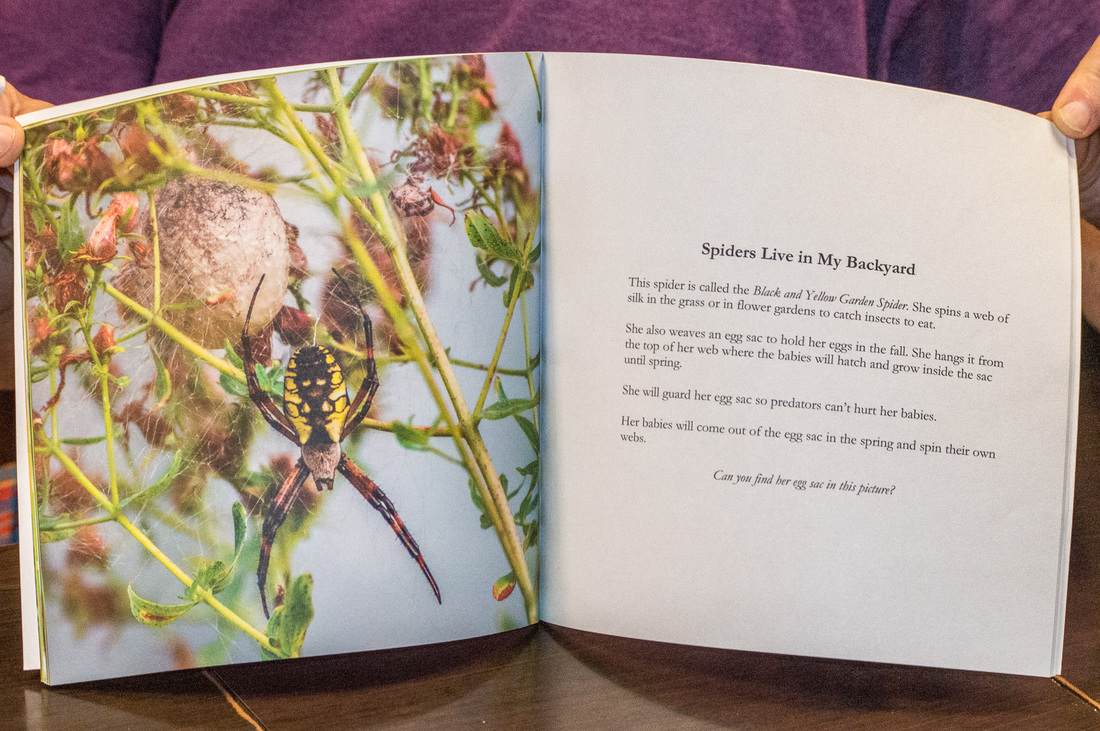
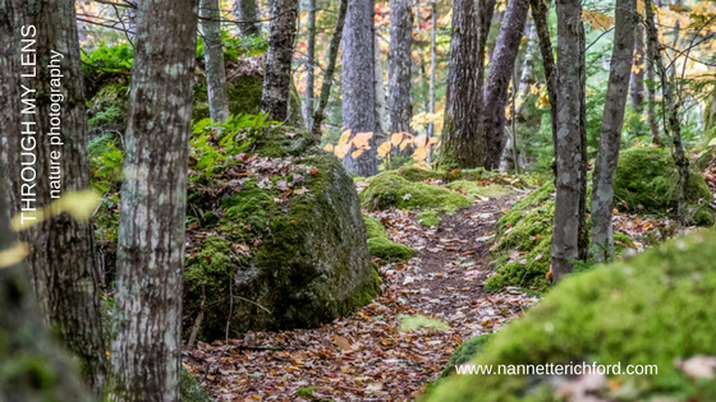
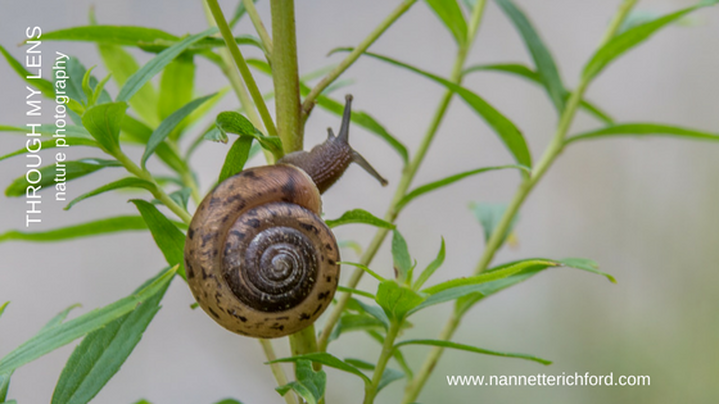
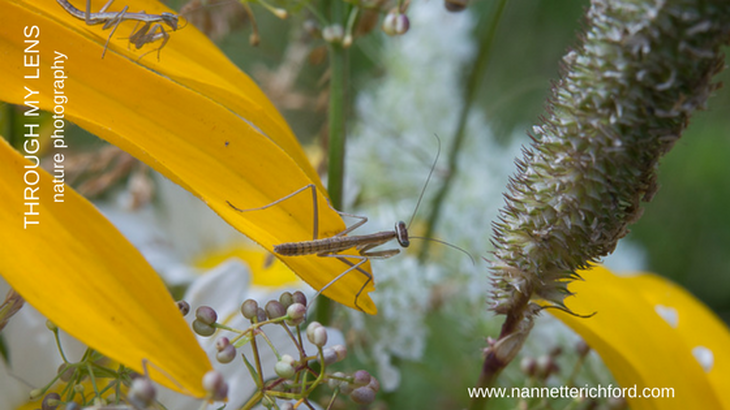
 RSS Feed
RSS Feed